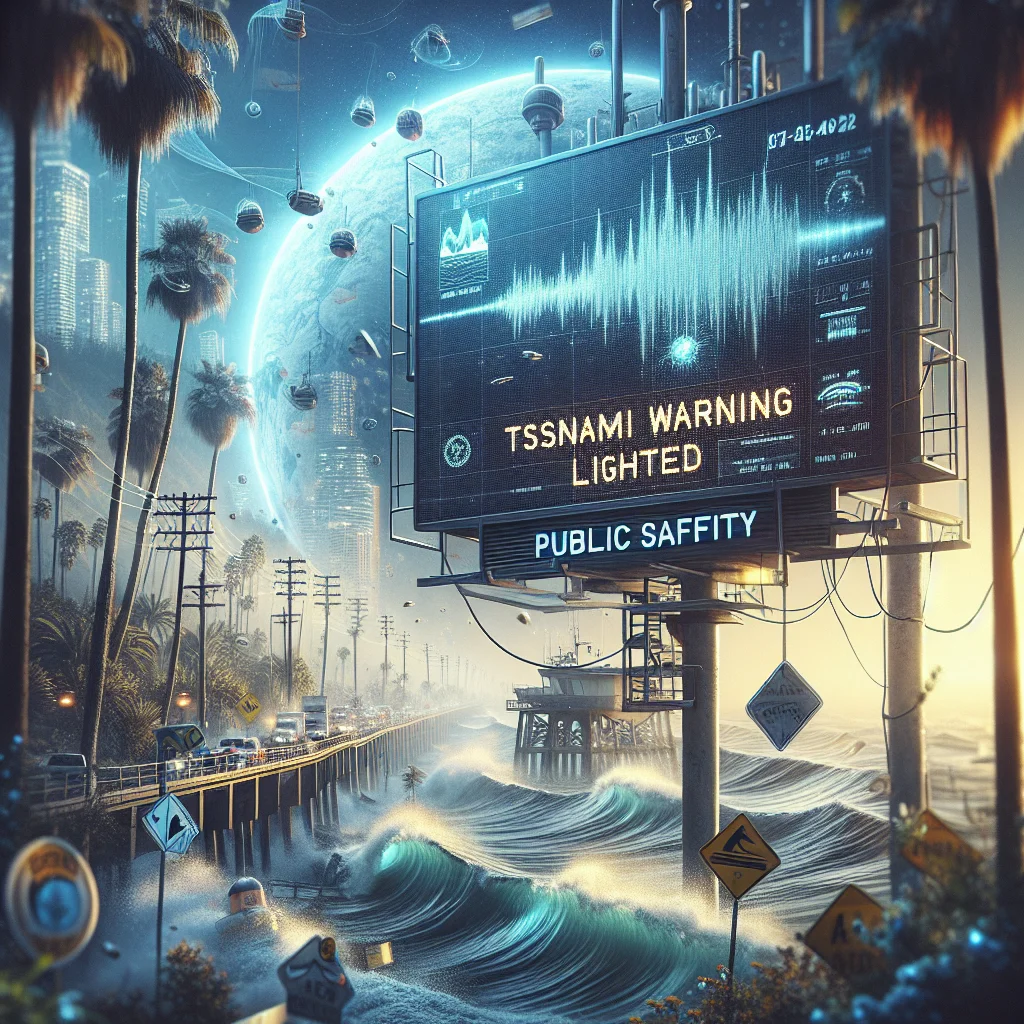
Tsunami Threat Subsides Following Major Pacific Quake
Millions of residents across Pacific coastal regions, including parts of the United States, Japan, and several Pacific islands, are returning to their homes after tsunami warnings were officially lifted early Thursday morning. The warnings were triggered by a powerful 8.2 magnitude earthquake that struck beneath the Pacific Ocean late Wednesday, July 30, 2025.
Widespread Evacuations and Swift Response
The United States Geological Survey (USGS) reported that the epicenter of the earthquake was located approximately 100 miles southeast of the Aleutian Islands, Alaska, at a depth of 25 kilometers. The quake prompted immediate tsunami alerts across the Pacific Rim, leading to mass evacuations in Alaska, Hawaii, and as far as the U.S. West Coast. Authorities in Japan, Russia, and several Pacific island nations also issued evacuation orders for low-lying coastal communities.
- Alaska: Residents in Kodiak and other coastal towns moved to higher ground overnight.
- Hawaii: Sirens sounded across the islands, with authorities urging people to evacuate beaches and flood-prone areas.
- U.S. West Coast: Advisory warnings were issued from California to Washington, with emergency services on high alert.
Tsunami Warnings Lifted, Minimal Damage Reported
By early Thursday, the National Tsunami Warning Center announced that tsunami advisories had been lifted for all affected U.S. regions, citing only minor surges and no significant inundation. In Hawaii, waves of up to 1.5 feet were observed, but no major flooding or injuries were reported. Alaska officials confirmed limited damage to infrastructure and no casualties.
Japan's Meteorological Agency also lifted its tsunami advisory, reporting minor wave activity along the northeastern coast and no reports of serious damage.
Preparedness and Communication Praised
Emergency management agencies credited robust warning systems and prompt public compliance for the safe and orderly evacuations. Government officials urged residents to remain prepared for aftershocks and reminded the public of the importance of readiness in coastal communities vulnerable to seismic activity.
Ongoing Monitoring and Aftershock Risk
Seismologists warn that aftershocks are likely in the coming days, although the risk of another major tsunami remains low. The USGS and Pacific Tsunami Warning Center continue to monitor seismic activity in the region.
While the event served as a reminder of the Pacific Rim's vulnerability to large earthquakes and tsunamis, the limited damage and absence of casualties underscore the effectiveness of early warning systems and disaster preparedness efforts in 2025.











